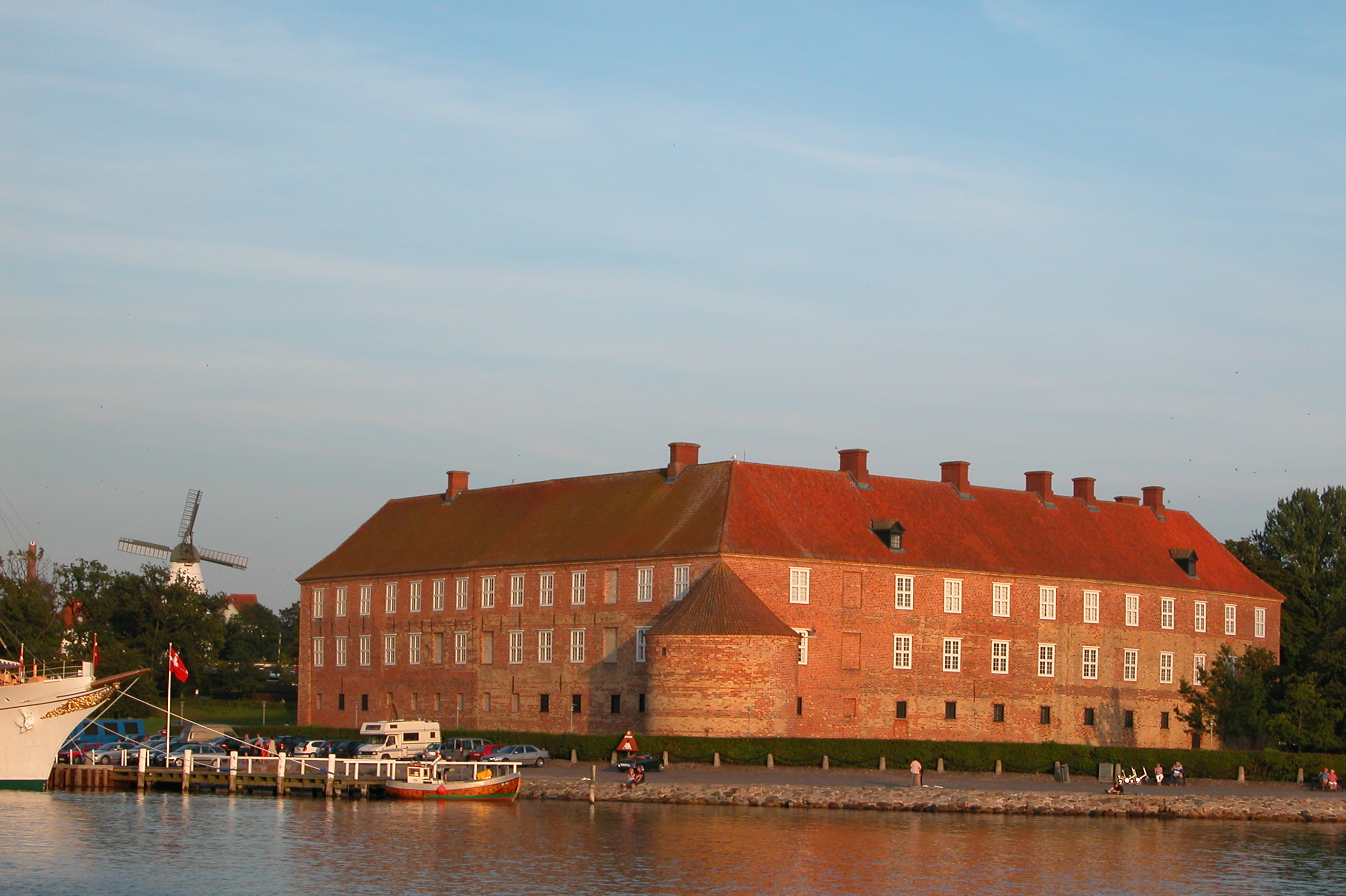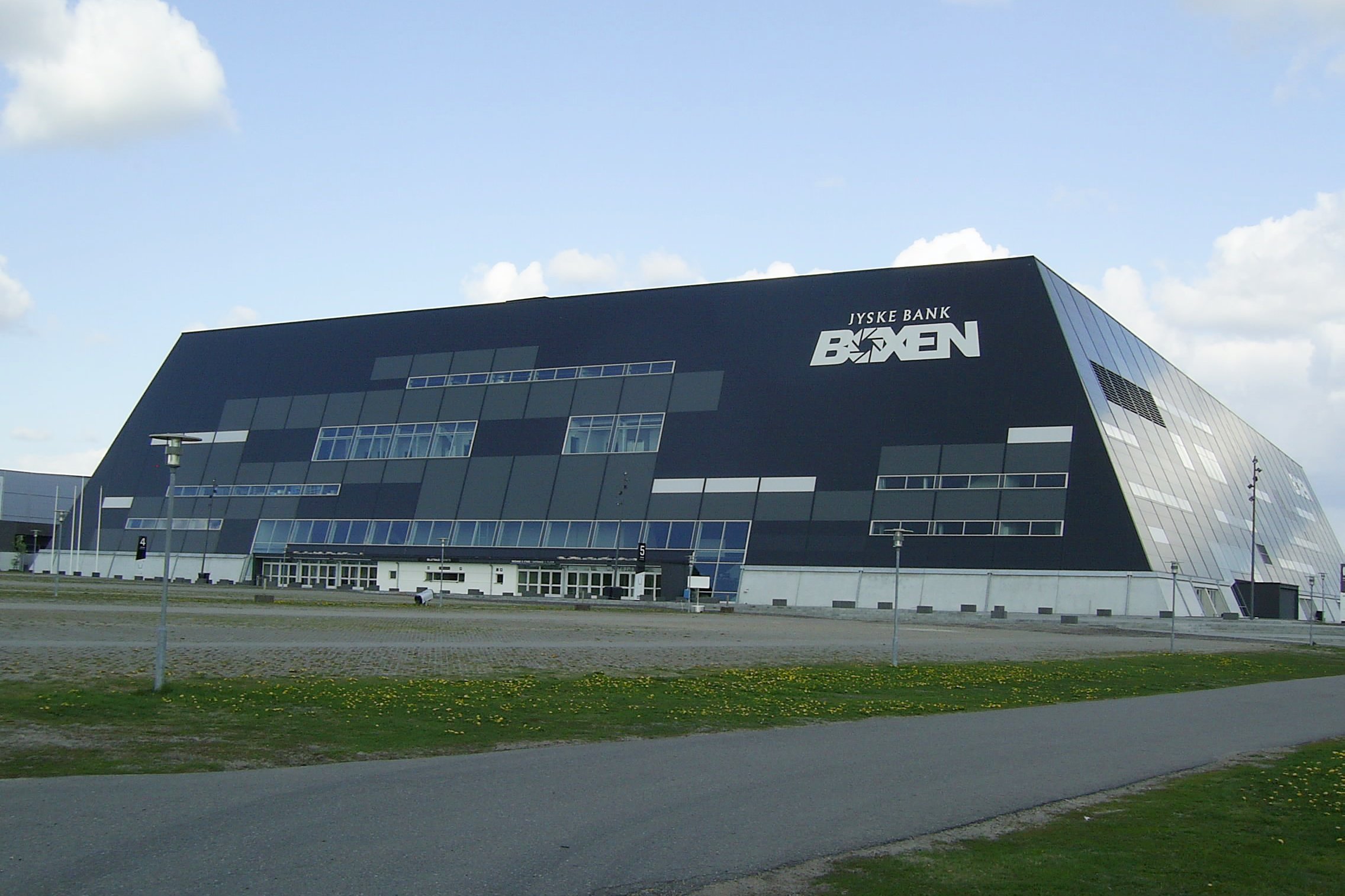|
Danish Universities
Higher education in Denmark is offered by a range of universities, university colleges, business academies and specialised institutions. The national higher education system is in accordance with the Bologna Process, with bachelor's degrees (first cycle, three years), master's degrees (second cycle, two years) and doctoral degrees (third cycle, three years). The majority of higher education institutions are the responsibility of the Ministry of Higher Education and Science; however, some higher education institutions within the arts are the responsibility of the Ministry of Culture. System Admission The general entry requirement for acceptance to higher education is a Danish upper secondary school leaving certificate or equivalent. Individual programmes also have specific entry requirements, such as mathematics at a specific level, and language requirements in Danish or English or both. Admission at first cycle programmes in Denmark is coordinated centrally by the Ministry of ... [...More Info...] [...Related Items...] OR: [Wikipedia] [Google] [Baidu] |
Aarhus University
Aarhus University ( da, Aarhus Universitet, abbreviated AU) is a public research university with its main campus located in Aarhus, Denmark. It is the second largest and second oldest university in Denmark. The university is part of the Coimbra Group, the Guild, and Utrecht Network of European universities and is a member of the European University Association. The university was founded in Aarhus, Denmark, in 1928 and comprises five faculties in Arts, Natural Sciences, Technical Sciences, Health, and Business and Social Sciences and has a total of twenty-seven departments. It is home to over thirty internationally recognised research centres, including fifteen centres of excellence funded by the Danish National Research Foundation. The university has been ranked among the top 100 world's best universities. ''Times Higher Education'' ranks Aarhus University in the top 10 of the most beautiful universities in Europe (2018). The university's alumni include Bjarne Stroustrup, the ... [...More Info...] [...Related Items...] OR: [Wikipedia] [Google] [Baidu] |
Sønderborg
(; german: Sonderburg ) is a Danish town in the Region of Southern Denmark. It is the main town and the administrative seat of Sønderborg Municipality (Kommune). The town has a population of 27,766 (1 January 2022),BY3: Population 1. January by urban areas, area and population density The Mobile Statbank from Statistics Denmark in a municipality of 73,711. In recent times, Sønderborg is a center for trade, tourism, industry, and education in the region of . The town is the headquarters for several industrial companies. Sønderburg joined the UN ... [...More Info...] [...Related Items...] OR: [Wikipedia] [Google] [Baidu] |
Kolding
Kolding () is a Danish seaport located at the head of Kolding Fjord in the Region of Southern Denmark. It is the seat of Kolding Municipality. It is a transportation, commercial, and manufacturing centre, and has numerous industrial companies, principally geared towards shipbuilding. The manufacturing of machinery and textiles and livestock export are other economically significant activities. With a population of 93,544 (1 January 2022), the Kolding municipality is the seventh largest in Denmark. The city itself has a population of 61,638 (1 January 2022)BY3: Population 1st January by urban areas, area and population density The Mobile Statbank from Statistics Denmark and is also [...More Info...] [...Related Items...] OR: [Wikipedia] [Google] [Baidu] |
Odense
Odense ( , , ) is the third largest city in Denmark (behind Copenhagen and Aarhus) and the largest city on the island of Funen. As of 1 January 2022, the city proper had a population of 180,863 while Odense Municipality had a population of 205,978, making it the fourth largest municipality in Denmark (behind Copenhagen, Aarhus and Aalborg municipalities). Eurostat and OECD have used a definition for the Metropolitan area of Odense (referred to as a ''Functional urban area''), which includes all municipalities in the Province (Danish: Provinces of Denmark, ''landsdel'') of Funen (Danish: ''Fyn''), with a total population of 504,066 as of 1 July 2022https://appsso.eurostat.ec.europa.eu/nui/show.do?dataset=urb_lpop1&lang=en&fbclid=IwAR2SFTy1xGM8VcLHijhmSDQWd9Fr3TYx7JlKxg81_09e-KzEtmEgjL5L2UU By road, Odense is located north of Svendborg, to the south of Aarhus and to the southwest of Copenhagen. The city was the seat of Odense County until 1970, and Funen County from 1970 unt ... [...More Info...] [...Related Items...] OR: [Wikipedia] [Google] [Baidu] |
University Of Southern Denmark
The University of Southern Denmark ( da, Syddansk Universitet, lit=South Danish University, abbr. SDU) is a university in Denmark that has campuses located in Southern Denmark and on Zealand. The university offers a number of joint programmes in co-operation with the University of Flensburg and the University of Kiel. Contacts with regional industries and the international scientific community are strong. With its 29,674 enrolled students (as of 2016), the university is both the third-largest and, given its roots in Odense University, the third-oldest Danish university (fourth if one includes the Technical University of Denmark). Since the introduction of the ranking systems in 2012, the University of Southern Denmark has consistently been ranked as one of the top 50 young universities in the world by both the Times Higher Education World University Rankings of the Top 100 Universities Under 50 and the QS World University Rankings of the Top 50 Universities Under 50. History The ... [...More Info...] [...Related Items...] OR: [Wikipedia] [Google] [Baidu] |
Esbjerg
Esbjerg (, ) is a seaport town and seat of Esbjerg Municipality on the west coast of the Jutland peninsula in southwest Denmark. By road, it is west of Kolding and southwest of Aarhus. With an urban population of 71,698 (1 January 2022)BY3: Population 1. January by urban areas, area and population density The Mobile Statbank from it is the fifth-largest city in Denmark, and the largest in West Jutland. Before a decision was made to establish a (now the second largest in Denmark) at Esbjerg in 1868 ... [...More Info...] [...Related Items...] OR: [Wikipedia] [Google] [Baidu] |
Aalborg
Aalborg (, , ) is Denmark's fourth largest town (behind Copenhagen, Aarhus, and Odense) with a population of 119,862 (1 July 2022) in the town proper and an urban population of 143,598 (1 July 2022). As of 1 July 2022, the Municipality of Aalborg had a population of 221,082, making it the third most populous in the country after the municipalities of Copenhagen and Aarhus. Eurostat and OECD have used a definition for the Metropolitan area of Aalborg (referred to as a ''Functional urban area''), which includes all municipalities in the Province (Danish: ''landsdel'') of North Jutland (Danish: ''Nordjylland''), with a total population of 594,323 as of 1 July 2022. By road Aalborg is southwest of Frederikshavn, and north of Aarhus. The distance to Copenhagen is if travelling by road and not using ferries. The earliest settlements date to around AD 700. Aalborg's position at the narrowest point on the Limfjord made it an important harbour during the Middle Ages, and l ... [...More Info...] [...Related Items...] OR: [Wikipedia] [Google] [Baidu] |
Aalborg University
Aalborg University (AAU) is a Danish public university with campuses in Aalborg, Esbjerg, and Copenhagen founded in 1974. The university awards bachelor's degrees, master's degrees, and PhD degrees in a wide variety of subjects within humanities, social sciences, information technology, design, engineering, exact sciences, and medicine. History The idea of a university in the North Jutland Region started in 1961 when the North Jutland Committee for higher education institutions was established. On 19 August 1969 the Aalborg University Association was founded and a planning group was established with Eigil Hastrup as chairman. The same year in December, about 1,000 people from North Jutland demonstrated in front of the Folketinget (the Danish Parliament) for their cause. In 1970, a law about the establishment of a university centre in Aalborg was passed in the Danish Parliament. In 1972, it was decided that the first rector of the new university center should be the Swedish his ... [...More Info...] [...Related Items...] OR: [Wikipedia] [Google] [Baidu] |
Roskilde University
Roskilde University ( da, Roskilde Universitet, abbreviated RUC or RU) is a Danish public university founded in 1972 and located in Trekroner in the Eastern part of Roskilde. The university awards bachelor's degrees, master's degrees, and PhD degrees in a wide variety of subjects within social sciences, the humanities, and natural sciences. History The university was founded in 1972 and was initially intended as an alternative to the traditional Danish universities which had been the scene of several student uprisings in the late 1960s. The students considered the traditional universities undemocratic and controlled by the professors and wanted more influence as well as more flexible teaching methods. In the 1970s the university was known for its very liberal education as opposed to the usual lectures provided by the more traditional universities of Copenhagen and Aarhus. The focus was shifted from traditional lectures to group orientated methods and projects rather than tradi ... [...More Info...] [...Related Items...] OR: [Wikipedia] [Google] [Baidu] |
Herning
Herning () is a Danish town in the Central Denmark Region of the Jutland peninsula. It is the main town and the administrative seat of Herning Municipality. Herning has a population of 50,565 (1 January 2022)BY3: Population 1st January by urban areas, area and population density The Mobile Statbank from including the suburbs of Tjørring, Snejbjerg, Lind, Birk, Hammerum, and Gjellerup, making Herning the 11th most populous in Denmark. History Herning was established at the beginning of ...[...More Info...] [...Related Items...] OR: [Wikipedia] [Google] [Baidu] |
Foulum
Foulum is a small Danish village with around 100 households (the settlement Formyre also included) in the Tjele parish located in Central Jutland eight kilometres east of Viborg. Foulum is a part of Region Midtjylland and a part of the Viborg municipality. Despite the small size of the village, three major centres for science and innovation are localized in Foulum: DCA - Danish Centre for Food and Agriculture, Agro Business Park and commencing 2017, the Apple Data Centre. The thief Niels Heidenreich, who stole the Golden Horns of Gallehus, was born in Foulum in 1761. Foulum is also mentioned in a novel by the author Steen Steensen Blicher under the fictitious name Føulum. Centres for science and innovation in Foulum * DCA - Danish Centre for Food and Agriculture (also called AU Foulum): A research centre founded in 1984. It has 700 employees. The centre has been a part of Aarhus University since 2007. * Agro Business Park: A business and science park for knowledge based inn ... [...More Info...] [...Related Items...] OR: [Wikipedia] [Google] [Baidu] |



.jpg)


